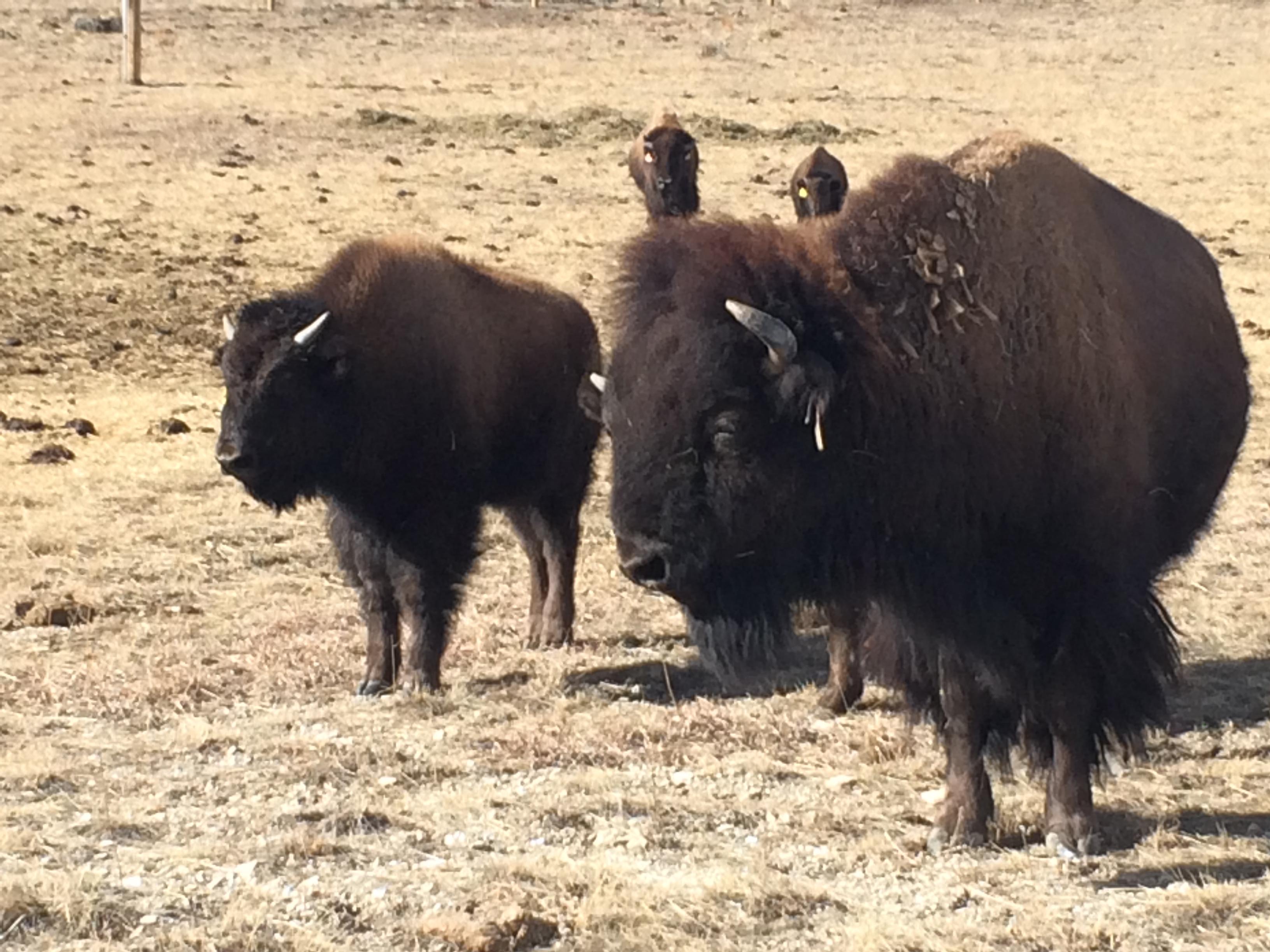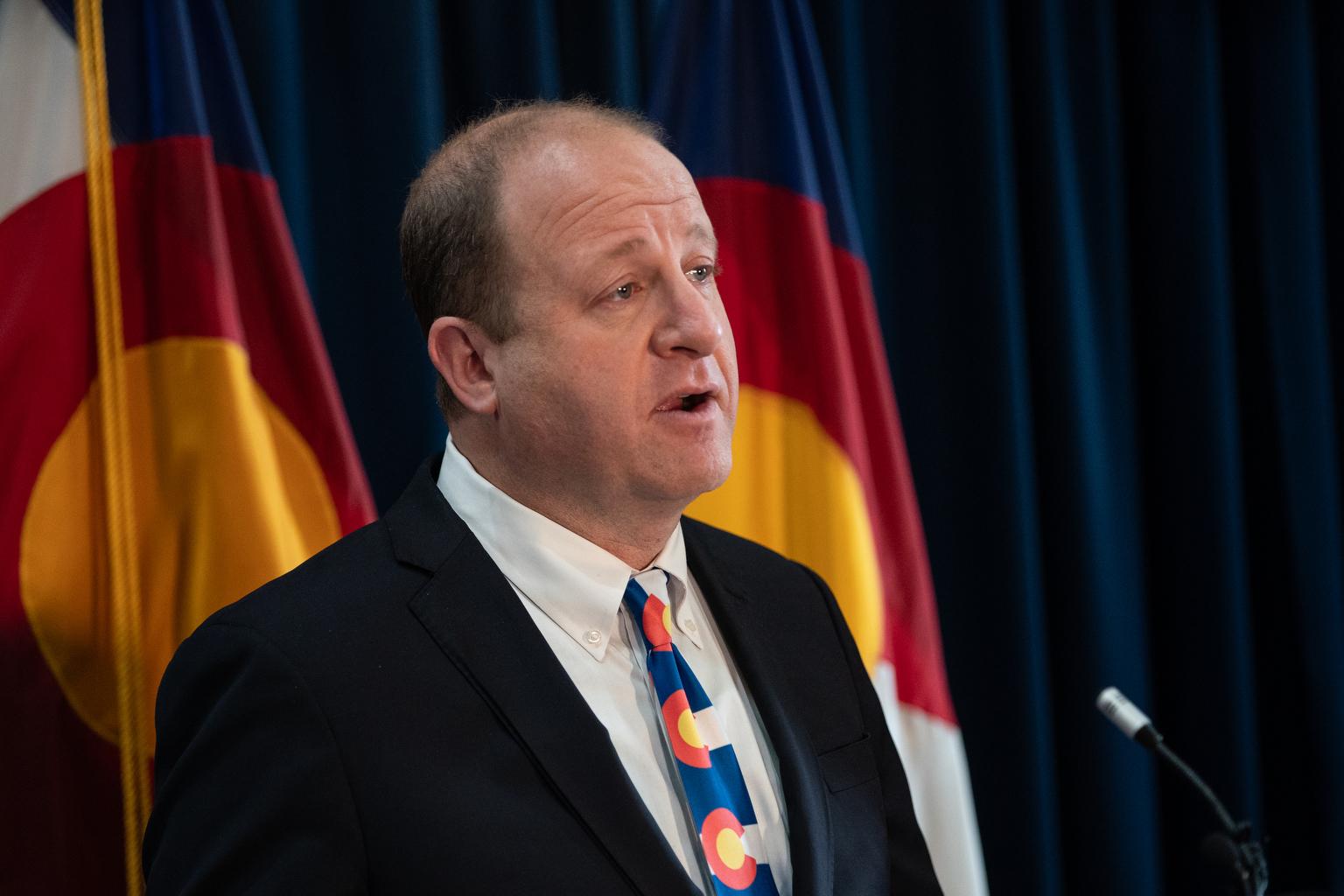
Just north of Fort Collins, there’s a place where the sky and the land stretch to Wyoming. It’s called Soapstone Prairie Natural Area and, well over a century ago, it was a place where the buffalo roamed. Now the buffalo are about to return there.
There won't be many of them -- perhaps up to a dozen. They'll be released on the City of Fort Collins open space site in November, if all goes according to plan.
There have been federal efforts to bring wild buffalo back to open spaces around the country.
The animals slated for release are not "cattle-o" -- bison that have cattle genes in them. Rather, the bison will come from a herd in Yellowstone National Park -- the only big herd that survived the great buffalo slaughters of the late 1800s and early 1900s, according to U.S. Department of Agriculture wildlife pathologist Jack Rhyan.
Herds of bison as they were in the wild can be found in few other places in the U.S., including off of Interstate 70 in Colorado near Genesse Park, and on American Indian lands in Montana.
A major hurdle to the small herd's anticipated release onto Fort Collins' open space was cleared when Colorado State University and federal agricultural experts found a way to remove brucellosis from the animals. The nation's cattle herds are free of the highly-contagious disease that can be dangerous to people who come into contact with or consume products from infected animals.
Brucellosis is a problem in the Yellowstone herd, Rhyan says. In buffalo, it affects the animals' ability to breed. But scientists in Fort Collins have removed the infection from the embryos of infected mothers so that calves are born disease-free.
Guest: Jack Rhyan, a wildlife pathologist with the U.S. Department of Agriculture's Animal and Plant Health Inspection Service Veterinary Service in Fort Collins.








